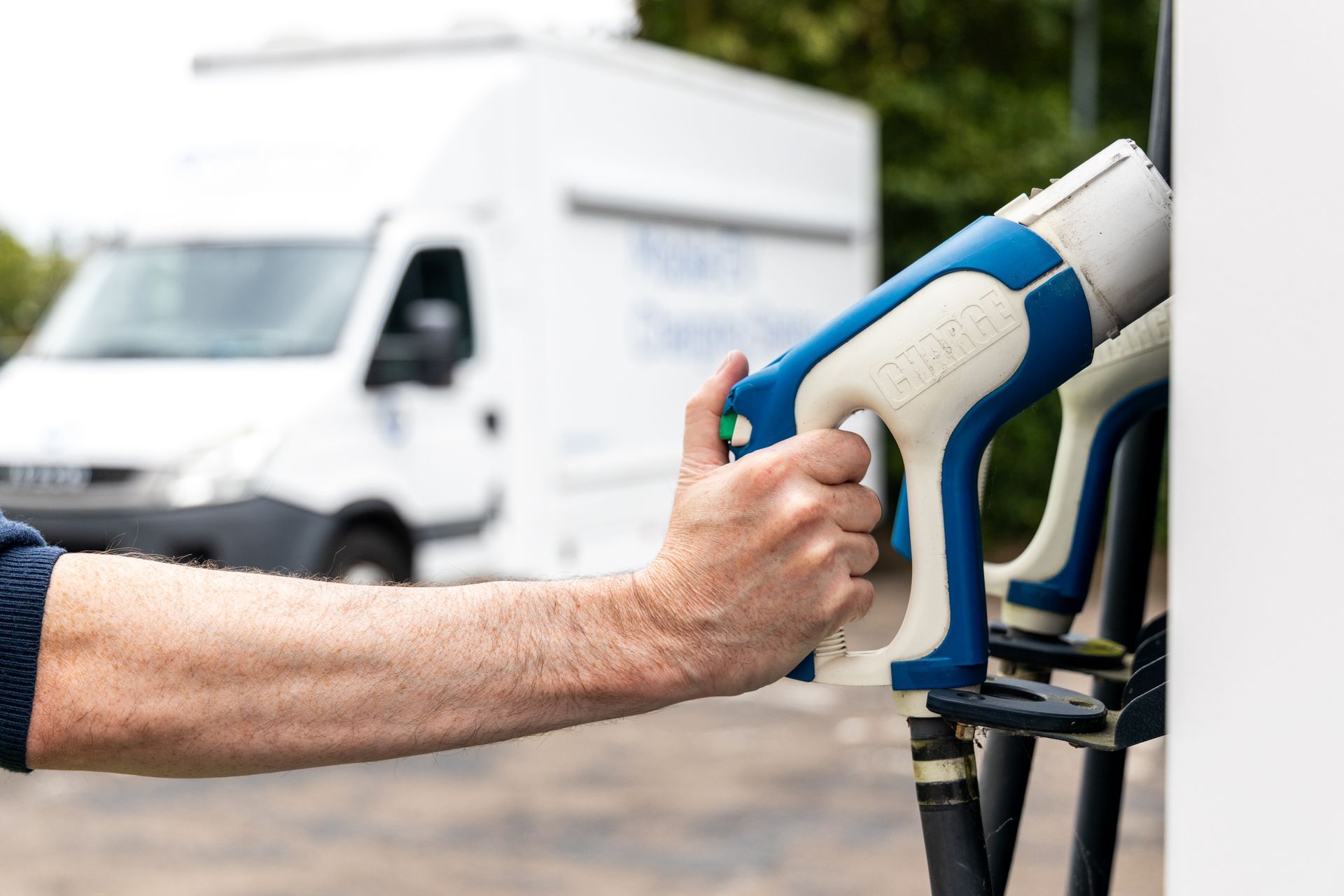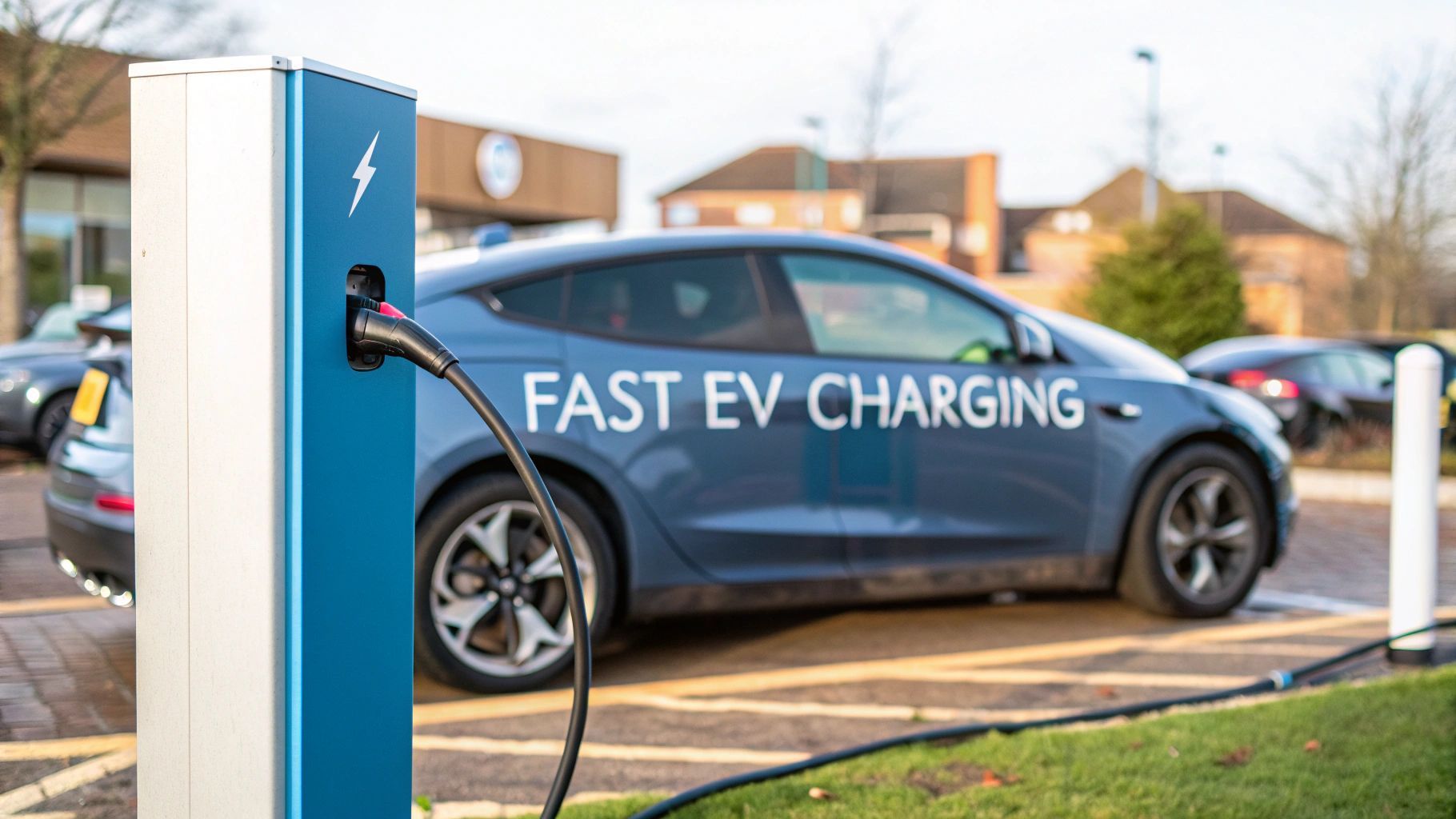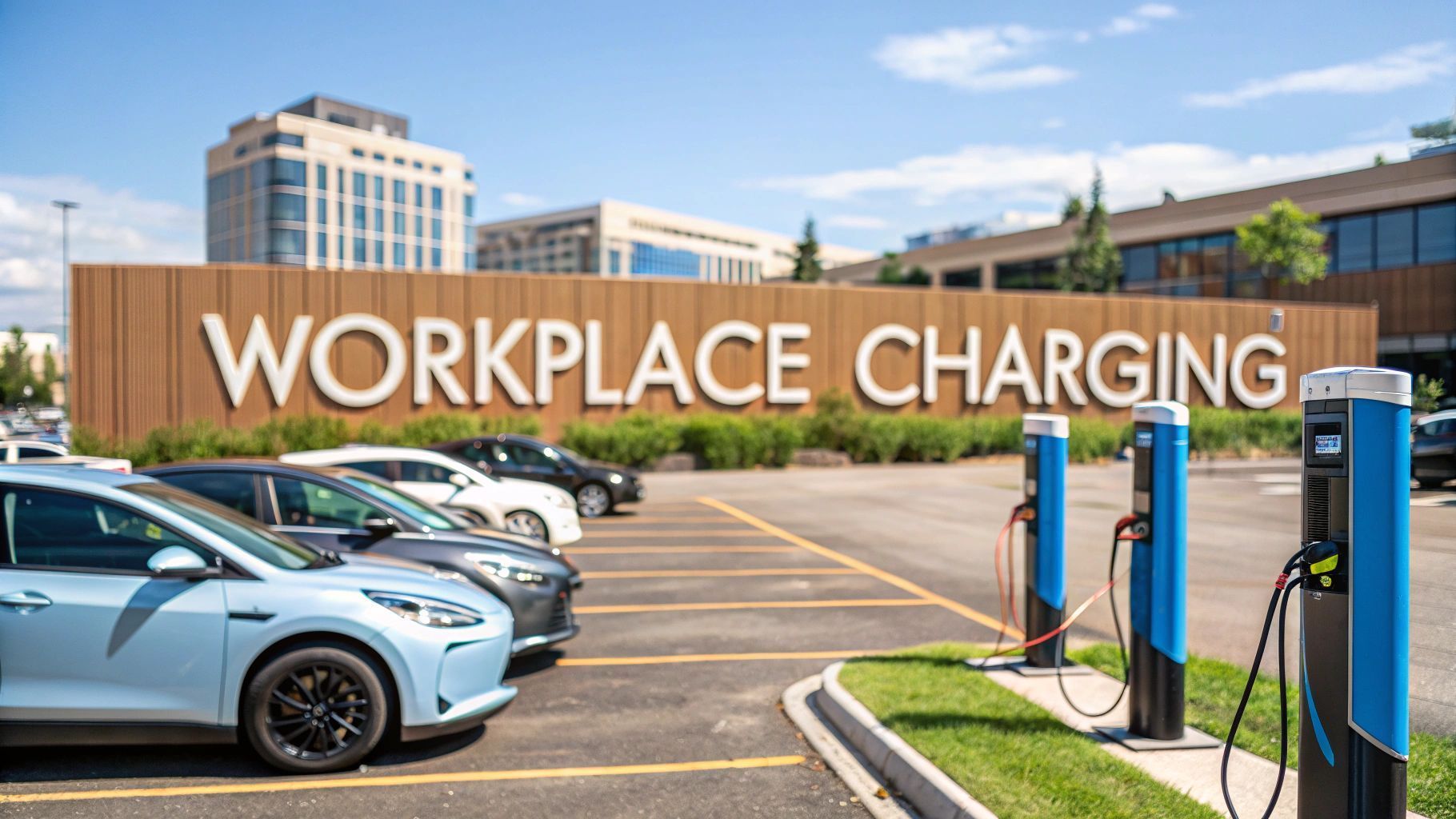The Future of EV Charging: Stationary vs. Mobile Solutions
The evolution of charging infrastructure for electric vehicles

The growing demand for EV charging
The rapid adoption of electric vehicles is transforming how drivers think about energy and infrastructure. As more households and businesses transition to electric mobility, the availability and flexibility of charging solutions are becoming central to the conversation. While stationary charging stations dominate the market today, mobile charging services are emerging as a practical alternative. Understanding the differences between these two approaches highlights where the industry may be heading.
What defines stationary EV charging
Stationary charging refers to fixed units installed in specific locations. These can be found in public car parks, residential driveways, workplaces and commercial hubs. They are designed to provide consistent power delivery and are often connected directly to the grid.
Advantages of stationary charging include:
- Reliability, as they deliver a stable power source.
- Predictability, with set locations that drivers can plan around.
- Integration with renewable energy or smart grid systems.
Challenges exist as well. Installing permanent stations requires significant investment, space allocation and infrastructure upgrades. This can slow deployment in urban areas where land is limited or in rural settings where the grid may not yet support the demand.
The rise of mobile EV charging
Mobile charging introduces flexibility by allowing power to be delivered directly to the vehicle rather than relying on a fixed location. These services typically use portable units or specialised vehicles equipped with charging technology.
Key benefits of mobile charging include:
- Accessibility, especially in areas with limited infrastructure.
- Convenience, as drivers do not need to locate a charging station.
- Adaptability, supporting events, fleets or emergency situations where fixed points are unavailable.
Mobile charging does present certain limitations. Energy capacity is often lower than fixed stations, which can result in slower charging speeds. Operational costs for deploying mobile units can also be higher. Nevertheless, advances in battery storage and vehicle to grid technology are helping to improve efficiency.
Comparing stationary and mobile solutions
The decision between stationary and mobile charging is rarely a simple choice. Both models play complementary roles in building a resilient network.
- Stationary charging is best suited for predictable usage, such as residential areas, motorways and high traffic public spaces.
- Mobile charging is ideal for filling infrastructure gaps, assisting during peak demand and supporting businesses with large vehicle fleets.
This balance is crucial for ensuring a smooth transition to electric mobility. As infrastructure grows, both solutions will likely work together rather than compete directly.
Technological and regulatory influences
The pace of EV charging development depends on a mixture of technology, policy and consumer behaviour. Governments are encouraging investment in public charging infrastructure, while private firms are exploring mobile services to meet evolving needs.
Advancements to watch include:
- Faster charging speeds through improved battery management.
- Greater use of renewable energy sources to reduce environmental impact.
- Integration with digital platforms for real time availability and booking.
These developments will influence how stationary and mobile models are deployed across different regions.
The future of EV charging
Looking ahead, the future of EV charging will not be defined by one single approach. Stationary solutions will remain the backbone of daily charging, providing stability and scale. Mobile solutions will become increasingly valuable for accessibility, emergency response and transitional periods while infrastructure continues to expand.
For businesses, consumers, marketers and engineers, the focus will be on creating a charging ecosystem that is both flexible and reliable. By combining the strengths of stationary and mobile options, the industry can deliver a seamless charging experience that supports widespread adoption of electric vehicles.











